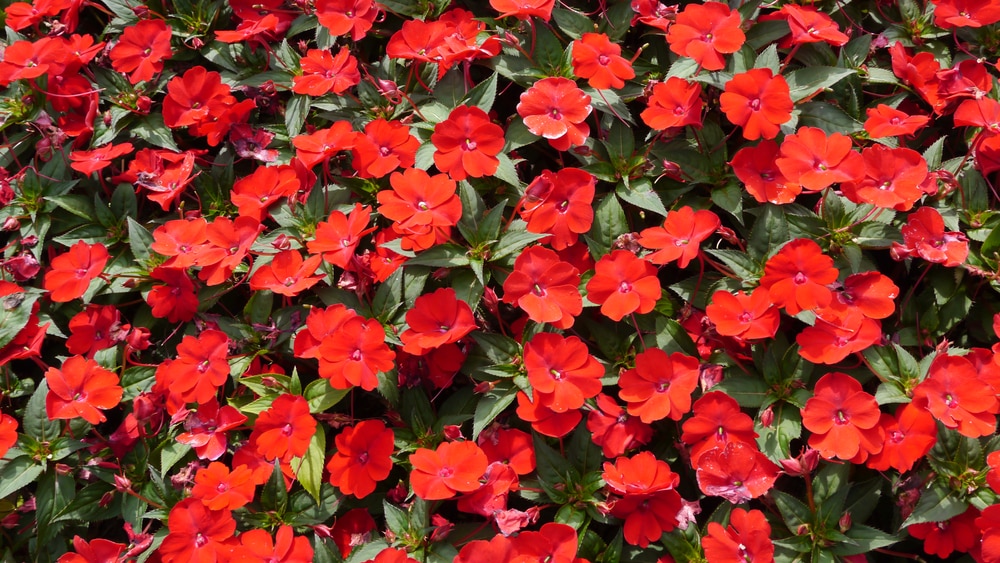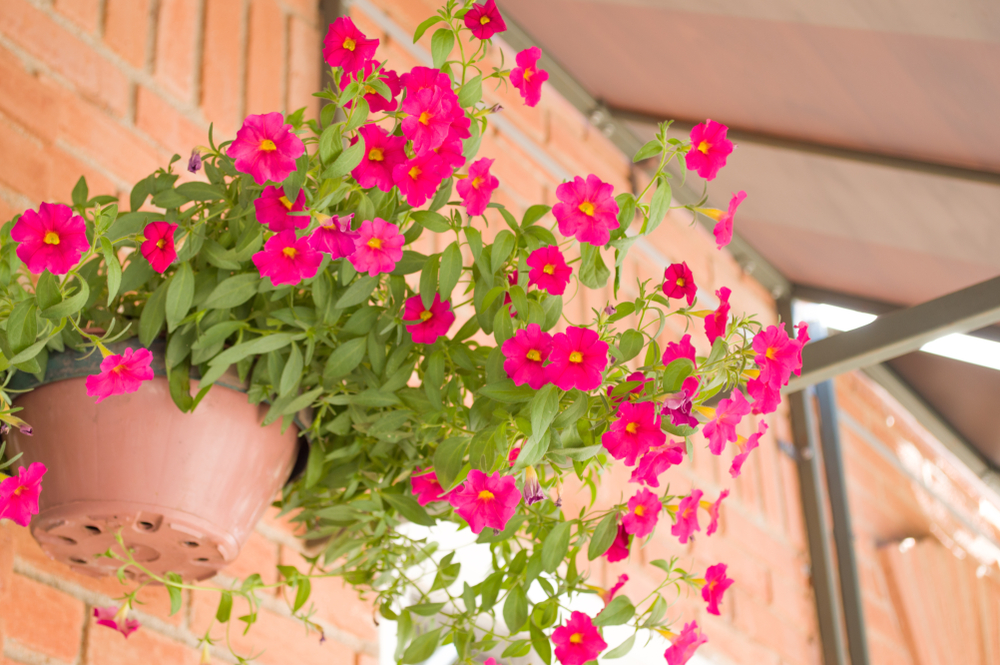Sunpatiens are one of the hottest plants to grow at this time because they are well-known for being hardy, adaptable, and easy to grow. Most pests don’t even bother with them. However, aspiring gardeners can always have hiccups and setbacks when they begin to plant new flowers. If you’re wondering, ‘why are my Sunpatiens dying,’ read on to find out all the possible causes.
Why Are My Sunpatiens Dying
If you have run into the issue of your Sunpatiens continuously dying, check out our remedies for the possible reasons behind your plants’ demise.
Root Rot
Too much of a good thing can always lead to trouble. This is the case in many instances of root rot. Overwatering your plants will lead to them dying because you are depriving the roots of oxygen, thus causing rot to develop and destroy your plants.
This rot can also infect other plants, leading to all of your flowers dying from the source of the root rot. The best way to do this is to ensure that you are only watering your Sunpatiens plants as often as necessary. Do not overwater, or they will be sure to die.
Test the soil with your hands to see that it is dry and earthy, not wet or moist. If it is raining constantly, you may want to cover your Sunpatiens with a tarp or move the plants, so they don’t begin to decay from too much water.
Overheating
Most plants cannot withstand super-high temperatures or too much sun. To combat this, be sure to plant your Sunpatiens plants in semi-shady areas so that the sun will not wilt them. This is extremely common in the summer months when temperatures in many areas reach record highs. Heat over 100° Fahrenheit will result in your Sunpatiens wilting.
Pests
Pests are always a concern and can cause damage to your Sunpatiens plants. Aphids, spider mites, whiteflies, mealybugs, slugs, thrips, and snails are all common garden pests that may target your Sunpatiens.
Insecticidal soaps or Pyrethrins are good ways to defeat these unwanted visitors from ruining your garden. Both are safe for use around humans and pets and are very effective at eliminating pests.
There are many other animals such as rabbits or deer that may be eating your sunpatiens.
Gray Mold
Gray mold, or Botrytis cinerea, is sometimes an issue that develops with Sunpatiens plants. This is a fungus that can infiltrate your plants when they are dead or dying. The fungus attaches itself to dead parts of plant matter and begins to attack the healthy parts of the plant when given the opportunity, resulting in your plants wilting and decaying.
The best way to combat this common problem is by vigilant plant upkeep, primarily by removing dead or partially-dead parts of plants as soon as you see them.
Keep your plants out of humid settings if possible, as mold thrives in humid conditions. Try your best to keep your plants in dry and breathable areas where they are spaced appropriately and not too close together. Planting your Sunpatiens 18 to 24 inches apart is ideal.
Not Enough Sun
Just as too much sun may cause problems, a lack of enough sunlight can also be disastrous for your Sunpatiens plants if not dealt with effectively. Sunpatiens do best in partially shaded areas where they can receive at least four hours of daily sunlight.
Less than this will cause your plants to wither and die from being unable to perform photosynthesis to maintain their health. Keep this in mind when planting them for the first time so that you won’t have to relocate them later on.
Sunpatiens: a Gardener’s Dream Plant
Sunpatiens are some of the best flowers to grow for any gardener, regardless of skill level. Their resistance to infection and pests proves them to be hardy and worthwhile, as they are lovely flowers once in full bloom. Plant some today, and watch how quickly your garden will flourish and radiate beauty from these delightful botanical blessings.

